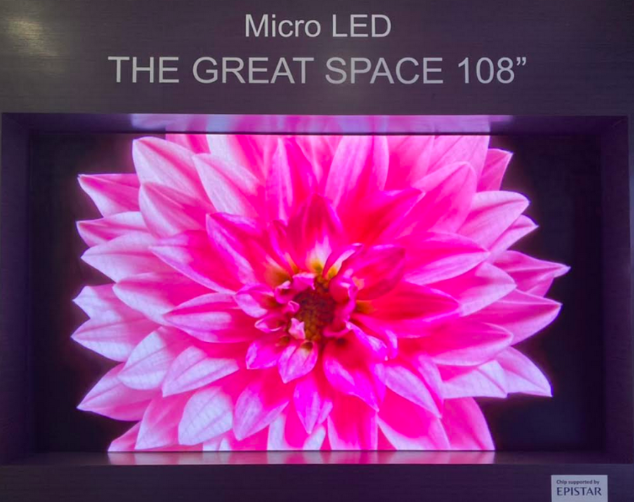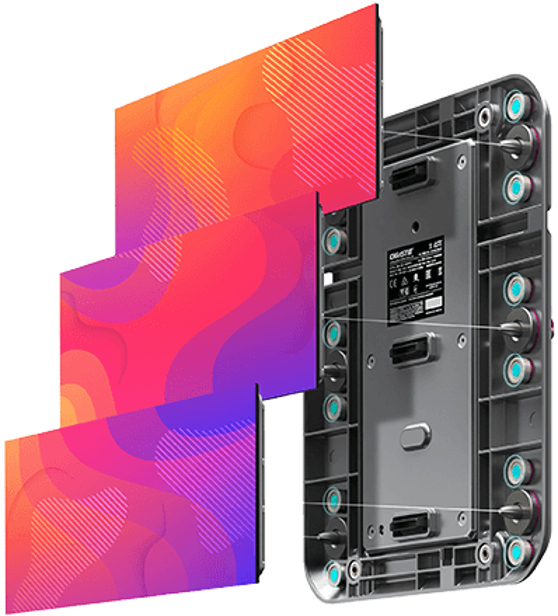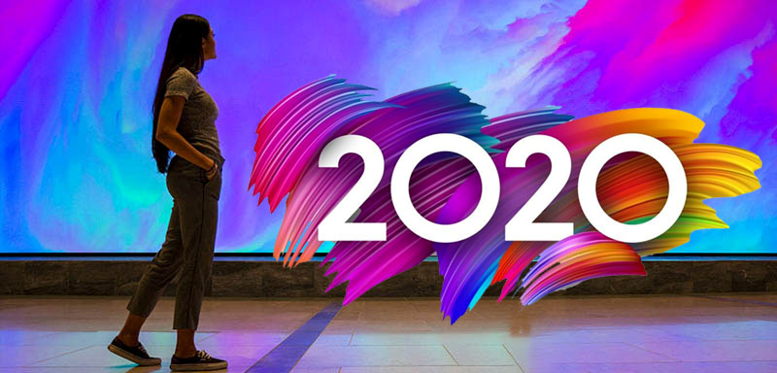NanoLumens: Three Video Wall and LED Display Trends to Watch in 2020

Planar Showcases Micro LED Displays at CES 2020
January 9, 2020
Innovation of Christie MicroTiles LED Continues with new Active 3D Option
February 7, 2020NanoLumens: Three Video Wall and LED Display Trends to Watch in 2020


NanoLumens: Three Video Wall and LED Display Trends to Watch in 2020
2020 is here and the video wall landscape looks a lot different than it did this time last year. Here’s a look at a few trends that NanoLumens predicts will gain traction in the coming year.
New Use Cases Will Emerge as Video Wall Products Become More Accessible
Despite carrying a pricey reputation, LED displays have gotten more affordable over the last year or two as manufacturers learn to optimize their operations and technology becomes more widely available. Manufacturers have also gotten more creative with how they market and sell their products, so smaller-budget customers now have some options that are affordable. These new customers in the LED display market will represent verticals that have been traditionally underserved by large-format digital displays. NanoLumens predicts 2020 will see LED displays more frequently in places like museums, small academic buildings, train stations, restaurants, banks, and stores.
Airports Will Explore New LED Display Shapes
Airports have long been home to displays of impressive size but recently a few have started experimenting with distinct shapes to create impactful displays. Charlotte Douglas International has huge trapezoidal displays and San Antonio International has a display in the shape of a quatrefoil. As airports start to invest more in digital displays for artistic purposes, they’ll try to capture aesthetic value not only from the display content but also how it is shaped. Other transportation hubs will likely follow suit with their own unique display features. For example, the Brightline station in Miami has added a vibrant and distinctive feel to their space with a four-sided diagonal column.
Pixel Size Will Shrink but Will the Market for These Products Grow?
Pixel pitches will continue to shrink as the technology (and demand for it) improves but shrinking the pixels themselves is likely to be the bigger story in 2020. While industry pros and customers alike are generally aware of MiniLED and MicroLED, these products are still not fully established or understood. So far, MiniLEDs have found success in the personal electronics sector in products like smartphones and automotive displays. Despite the success in these niche areas, MiniLED is not cost competitive with traditional LEDs and it should be considered less of a substitute and more of a use case specific alternative. As for MicroLED, there is general indecision within the display manufacturing community about where and how MicroLED will be most successful. A general rule in the LED industry is that if you don’t need a tighter pitch then it’s not worth the price. MicroLED is suitable for wearable displays, but outside of that, no other application really needs the microscopic pitches of MicroLED. It’s hard to say what the future will hold for these emergent technologies, but it seems likely they will be seen in 2020 – even if only in high-minded specialty pieces and trade show demos.